Background
*NB: For details on how to update follow the documentation included in each download file.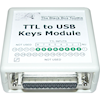
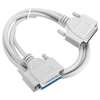
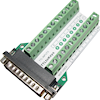
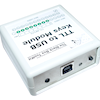
Technical support for the BBTK TTL to USB keys module
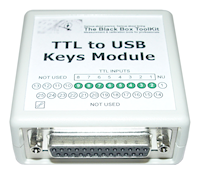 Before
using the TTL to USB Keys Module for event marking you should use
the configuration software to ensure that you have selected the
correct TTL triggers to key press, or keystroke, mappings and the
default mode in which the module starts when first plugged into a
USB port.
Before
using the TTL to USB Keys Module for event marking you should use
the configuration software to ensure that you have selected the
correct TTL triggers to key press, or keystroke, mappings and the
default mode in which the module starts when first plugged into a
USB port.TTL to USB key module pinout and mode selection
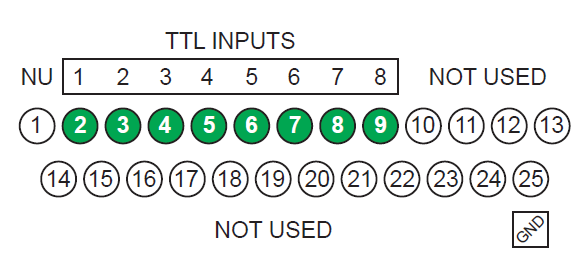 |
TTL
input lines 1~8 are mapped to physical pins 2~9 with
common ground on pin 25. Depending on which mode you have selected activation of one or more of these pins, i.e. switching from 0V to 5V, will type an individual key press, a keystroke (held down until 0V) or a value will be typed back. |
Testing the TTL to USB keys module
Testing the TTL to USB keys module is straightforward as it works as a standard keyboard, e.g. a TTL line going high to +5V, or on, will cause a letter to be typed as though a key had been pressed on a standard keyboard. This means that you can use many of the free online web browser based keyboard checkers for testing. Three are shown below:
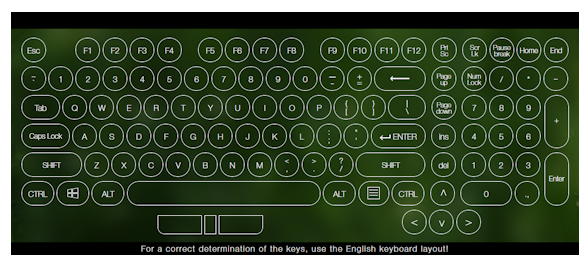 |
*Please note we are not responsible for the content of external links. |
TTL to USB keys module configuration utility (Windows only)
Download configuration utility (released 20220210):- Checks for correct configuration of the TTL to USB keys module
- Allows you to select key presses and keystrokes that are mapped to each TTL line or TTL trigger
- Select default start-up mode when module is first plugged in
Background
Full step-by-step instructions are provided within the configuration utility. Depending on your antivirus package you may need to disable it while configuring your response device.This configuration utility only works on Microsoft Windows platforms.

